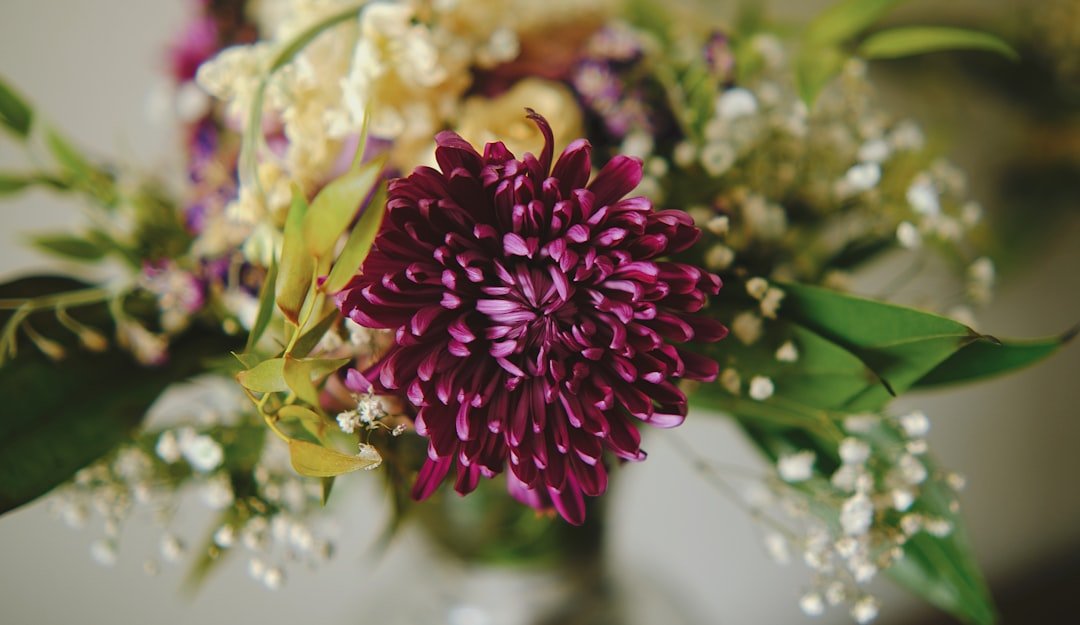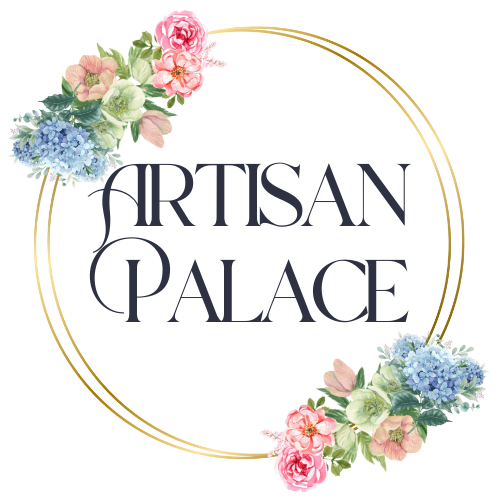
Flowers have been a profound symbol of life, love, and remembrance throughout human history. They have been intricately intertwined with many cultural practices and ceremonies, particularly in times of loss. Funeral flower traditions, in particular, have evolved and transformed over the centuries, reflecting society's changing attitudes towards death and mourning. In this blog post, we will delve into the historical significance and evolution of funeral flowers, explore various traditions worldwide, and offer contemporary insights into how these age-old practices continue to resonate today.
The Historical Importance of Flowers in Death Ceremonies
Flowers have long served as offerings and symbols of affection for the deceased. In ancient civilizations, flowers were often connected with the divine, representing eternal life and the cycle of existence. For instance, the Egyptians used floral arrangements in their burial rites, believing that flowers could provide comfort and beauty in the afterlife. Similarly, the Greeks and Romans valued flowers for their aesthetic attributes and as tributes to the departed, with wreaths made from laurel and evergreen plants adorning tombs.
The Symbolism of Different Flowers
Over time, various flowers have developed specific meanings associated with mourning and remembrance. Here are some popular flowers and their traditional associations:
- Roses: Often representing love, innocence, and respect, they are commonly used in funeral arrangements.
- Lilies: Symbolizing purity and the transience of life, lilies are a popular choice for funerals.
- Chrysanthemums: In many cultures, particularly in Asia, chrysanthemums represent death and are often used in funeral rites.
- Orchids: Signifying beauty and strength, orchids are often given as a tribute to honor the unique spirit of the deceased.
- Carnations: These flowers are linked to a love that endures beyond death, making them a heartfelt choice for memorials.
The Transformation of Funeral Floral Practices
The styles and techniques of funeral floral arrangements have evolved significantly through the ages. The rise of different societal norms, artistic movements, and even advancements in transportation and floral cultivation have all contributed to the modern floral practices we see today.
The Victorian Era: A Flourishing Time for Funeral Flowers
During the Victorian era, the use of flowers in funeral customs saw a significant rise. The strict societal norms of the time led to intricate floral arrangements that conveyed specific messages and emotions. This period also popularized the practice of using flowers to express feelings that were often deemed socially inappropriate to articulate verbally. The Language of Flowers, a Victorian-era fascination, allowed mourners to communicate their sentiments through their floral choices, giving rise to elaborate funerals filled with carefully curated blooms.
The 20th Century: Industrialization and Global Influence
The 20th century ushered in a new age of accessibility and diversity regarding funeral flowers. Advancements in transportation and greenhouse technology made a wider variety of flowers available year-round. This period also saw a blending of cultural traditions, as globalization allowed for more cross-cultural influences to shape floral arrangements in memorials. The combatants from World Wars brought the realization of the fragility of life, influencing funeral practices to become more personal and heartfelt than ever before.
Modern-Day Funeral Flower Traditions
Today, funeral flower traditions vary immensely, reflecting individual preferences, cultural backgrounds, and specific family wishes. While some people prefer elaborate floral displays in traditional shapes (like crosses and hearts), others opt for subtle arrangements in their loved one's favorite colors. Current trends lean towards personalized tributes that celebrate the individual’s life and passions.
Personalization: The Heart of Modern Floral Arrangements
In recent decades, the focus on personalization has emerged as a key aspect of funeral arrangements. Floral designers have embraced unique themes, compositions, and colors that resonate with the departed's personality. This shift has allowed families to create meaningful tributes that honor the individuality of their loved ones. Examples include:
- Arrangements that reflect a person's hobbies (like gardening or fishing).
- Cremation urns adorned with seasonal flowers, evoking memories associated with significant life events.
- Using native or locally grown flowers to convey a sense of place and connection.
Global Perspectives on Funeral Flowers
The use of flowers in funerals is not only a western tradition; it varies across cultures, with each society bringing its flavor and significance to the floral tribute.
Eastern Traditions
In many Eastern cultures, flowers hold deep spiritual significance. For instance, in Buddhist traditions, lotus flowers are often offered at memorials, symbolizing purity and spiritual awakening. In Chinese culture, white flowers, particularly chrysanthemums, are commonly associated with death and are used extensively to pay respects to the deceased. The use of flowers in these cultures is often steeped in ancient rituals and beliefs about the afterlife.
Western Traditions
Conversely, in Western cultures, although white flowers like lilies are popular choices for funerals, there is a broader palette of colors and styles signifying unique aspects of remembrance. Wreaths, sprays, and standing arrangements are purely symbolic ways to convey love and support for grieving families. Furthermore, alternatives such as planting trees or creating living memorials with flowers have gained popularity as meaningful ways to celebrate a life lived long after the funeral service.
The Role of Technology in Funeral Flower Ordering
The digital age has transformed the way people prepare for and commission funeral flowers. With just a few clicks, families can access numerous florists and design options online, making it easier than ever to create personalized tributes. Social media and online memorials often go hand in hand with floral arrangements, allowing friends and family members to share pictures and stories, creating a community of support around the grieving process.
Eco-Friendly Practices in Floral Arrangements
Alongside the rise of personalization has been a growing awareness of environmental challenges. Eco-conscious consumers are beginning to favor sustainable floral options in funerals, from locally sourced blooms to arrangements designed to minimize waste. Eco-friendly practices may include:
- Choosing organic flowers that were grown without harmful pesticides.
- Opting for dried or preserved floral arrangements that can be cherished and displayed long-term.
- Utilizing biodegradable materials for wrapping and containers.
A Final Floral Farewell
As we reflect on the evolution of funeral flower traditions, it is evident that flowers will always hold a significant place in our hearts during times of grief and remembrance. From the ancient Egyptians to modern-day practices, flowers remain a universal symbol of love and respect as they capture and convey the essence of our emotions. By embracing both traditional and contemporary approaches to ceremonial flowers, we honor those we have lost while also celebrating their individuality and impact on our lives. In the vibrant blooms of floral arrangements, we find solace, connection, and lasting memories that endure long past the final farewell.
Please feel free to visit one of our fellow Shopify user's stores by clicking here. Kindly note that this is a promotional link, and we cannot be held responsible for the content of the linked store.
